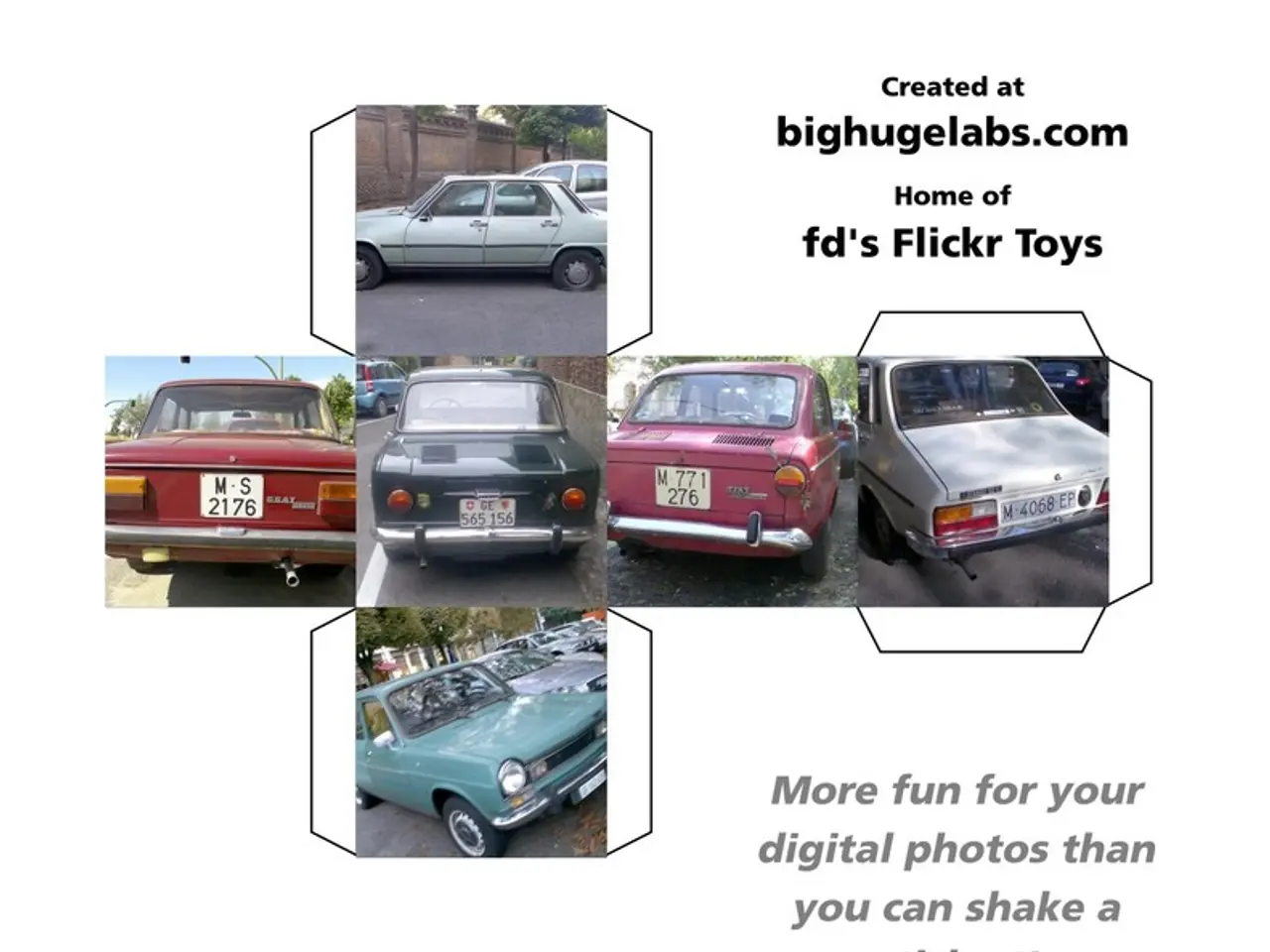Cox Boosts 2025 Sales Projection Slightly Amid Trade Tension Concerns
## Impact of Tariffs on U.S. Light-Vehicle Sales Forecast for 2025
### Bracing for a Potential Slowdown in Sales
The U.S. light-vehicle sales forecast for 2025 has been revised, with Cox Automotive predicting a range centered on 15.7 million units, up slightly from an earlier forecast of 15.6 million[1]. This new forecast represents a decline from the 16 million units sold in 2024[1]. The primary reason for this downward trend is the imposition of tariffs on imported autos and auto parts[2].
### A Slowing Market in the Second Half
Despite the expected challenges in the new-vehicle market in the second half of 2025 due to tariffs and production problems, there is still pent-up demand from pandemic-related shutdowns that could prevent the retail market from collapsing[3]. Consumers accelerated their purchases in anticipation of price increases, leading to stronger first-half sales[2][4]. However, the impact of tariffs is expected to be felt more in the second half of 2025.
### The Entry-Level Market at Risk
The entry-level segment (vehicles under $30,000) is particularly vulnerable, as most models in this category are imported[2][4]. Tariffs could add up to $5,700 to the prices of vehicles imported from outside North America and over $1,000 for vehicles assembled in the U.S. using imported parts[1].
### Higher Prices Ahead
Specifically, vehicles from the U.K. saw price hikes of nearly $6,000, EU imports rose by about $2,500, and Japanese imports increased by over $1,200 in the first half of 2025[2]. Price increases were somewhat offset in the first half by vehicles built in the U.S., Canada, South Korea, and China, which saw average price drops[2]. The average new vehicle price remained around $49,000 for the first half of 2025[2].
### The Long-Term Impact on Consumers
Consumers are expected to face higher prices, which could dampen sales in the latter part of 2025 as inventory levels have been depleted following a strong first half[2][4]. The Federal Funds rate, the bedrock rate at which banks lend each other money overnight to meet their reserve requirements, remains in a restrictive territory, and economists had expected multiple rate cuts to stimulate the economy, but the Fed has put off rate cuts[5].
### A More Price- and Payment-Sensitive Consumer Base
Smoke predicts that auto rates are just below 25-year highs and are unlikely to change much[6]. Smoke states that consumers today are more price- and payment-sensitive than they were in 2020 and 2021[7]. The average new-vehicle auto loan rate was 9.51% in mid-June 2025, down slightly from 9.65% in June 2024[8].
In conclusion, the tariffs on imported autos and auto parts are likely to exert downward pressure on U.S. light-vehicle sales in 2025, particularly affecting the entry-level market. While the first half of 2025 saw robust sales due to pre-tariff buying, the second half is expected to witness a slowdown. Additionally, the tariffs will lead to significant price increases, impacting affordability and potentially further reducing demand.
- The tariffs on imported autos and auto parts are expected to have a significant impact on the automotive industry, affecting vehicle production and transportation costs.
- As the entry-level market consists primarily of imported vehicles, the tariffs could lead to higher prices for consumers, potentially impacting the finance sector due to increased loan rates and potential decreases in demand.
- The aerospace industry could also indirectly be affected by the tariffs if the increased costs of automotive production lead to job losses or production slowdowns, potentially impacting the overall economy.








